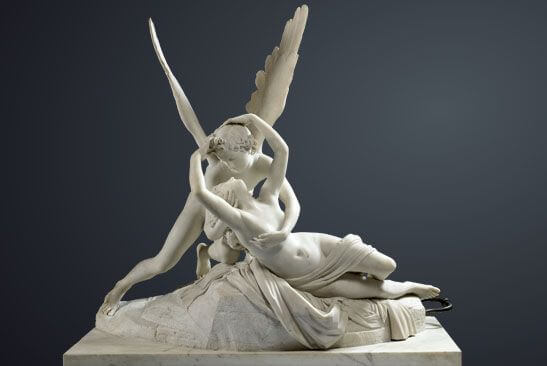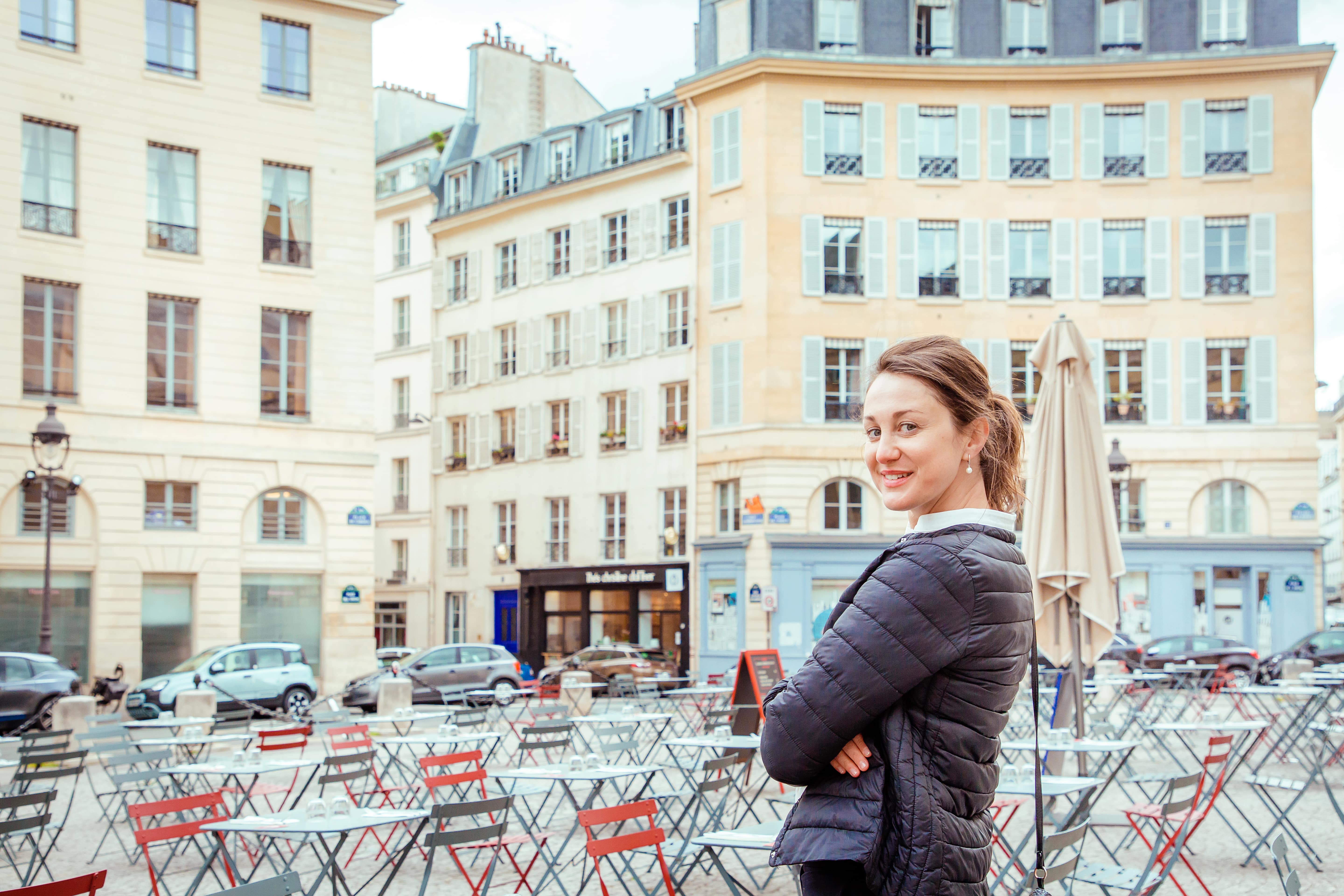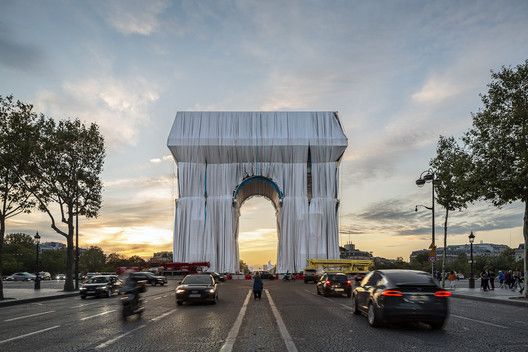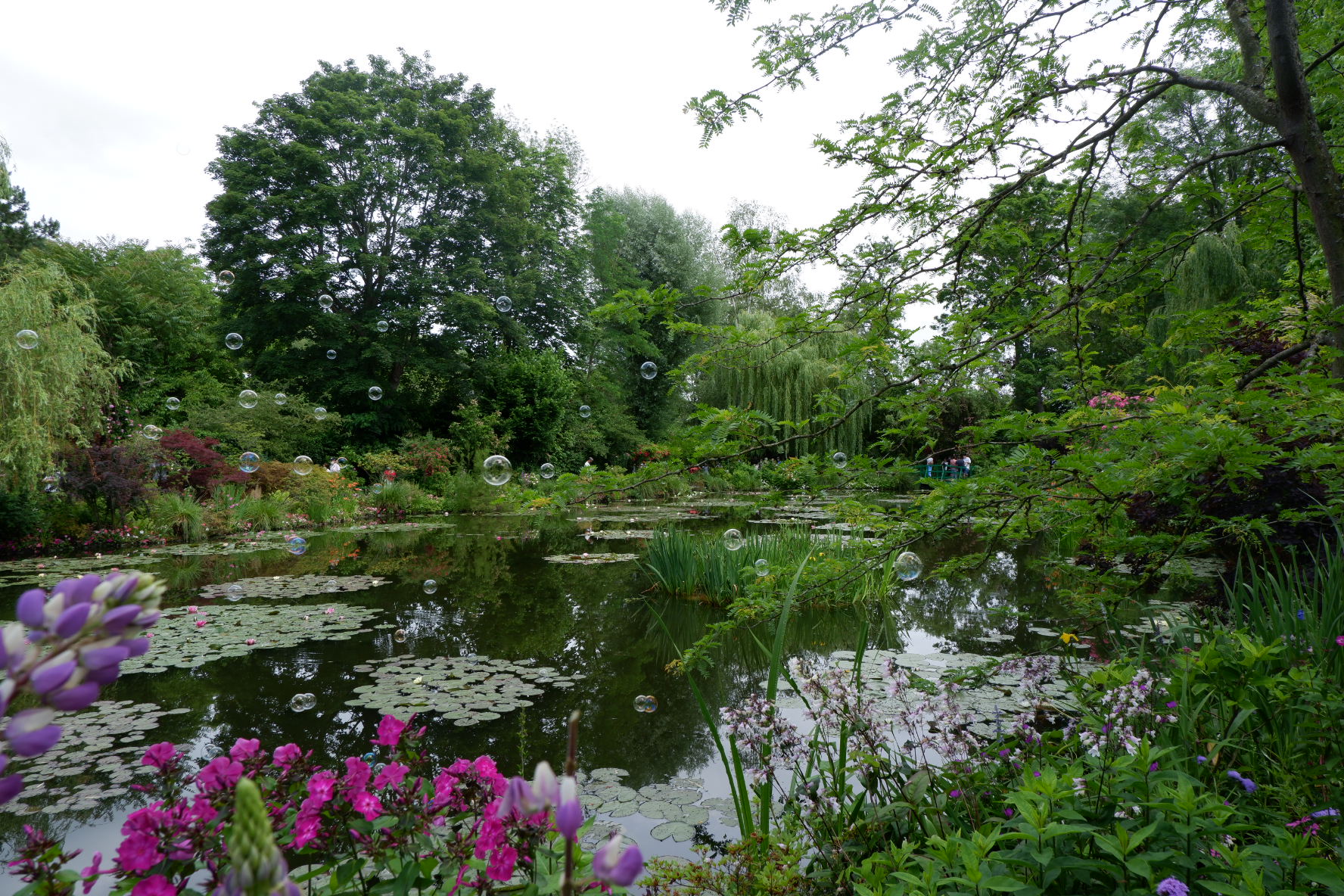L’Art de vivre
à la française
à la française
L’Art de vivre
à la française
Neoclassical Paris
The immortal love story
This sweet and romantic image of two lovers at a distance of a kiss from each other belongs to Amour and Psyche. Their love story that came out from under the pen of Lucius Apuleius in the 2nd century AD, was retold in poetry, drama, painting, and here, you see it in sculpture. This one is an interpretation of made in 1787-1793 by Antonio Canova and carefully kept in the museum of Louvre. It is my favorite. Every time I show it to the visitors during a tour I see the way their facial expression changes from admiration and fascination. We stay hypnotized and charmed quite long, even longer than with the other sculptures. The theme is very intimate and so important. It touches the hearts. The imagination. And it is extremely esthetic in the end!
This masterpiece is the fruit of the neoclassic period in Art. Welcome on board!
Neoclassicism comes in the early 18th century in France. It is mainly inspired by the reports of the archeological excavations at Pompeii in Italy.
The style in Art and culture began to slowly change from theatrical and exuberant Baroque and Rococo to less extravagant and more discreet classicism. Neoclassicism or “new classicism” gets back to the principles of simplicity and symmetry, so important virtues in the arts of Rome and Ancient Greece.
In architecture, which is easier to observe during a walking tour, we see sobriety, straight lines, and forms. In painting, it is represented by the images of heroism and sacrifice. In Sculpture - classical repose, idealized faces and bodies showing the heroes from ancient myths. The literature in its turn is dominated by rationalism and philosophy. Descartes, Moliere, Racine, Corneille become the heroes of the period.
Classicism appeared in architecture of Paris during the reign of Louis XIV. In 1667 the king had chosen for the new east facade of the Louvre, his residence, the classical style, not Baroque, proposed by Lorenzo Bernini. And that meant something!
In the last years of the reign of Louis XV and throughout the reign of Louis XVI, the new style continued living in the royal residences. It was particularly present in the salons and furnishings of Marie Antoinette, and Paris aristocracy.
After Napoleon Bonaparte came to power, neoclassicism got the second life under the new name “the Emperial style”. The most influential architects of the Emperor become Charles Percier and Pierre Fontaine.
A change of style began to appear in the early 19th century. The starting point was the publication of le Génie du christianisme by one of the figures of French romanticism, François-René de Chateaubriand. He appealed for a return to the Gothic style, which he considered was the only truly great French style. The movement toward romanticism and gothic was accelerated by the publication of Victor Hugo novel Notre-Dame de Paris, which had a great success. Soon followed the restoration of French Gothic monuments followed led by Prosper Mérimée and Eugène Viollet-le-Duc .
This, along with the French Revolution of 1830, brought to a close the era of French neoclassicism.
But before we’ll cover it with the curtain of the past let me advice you some great neoclassical buildings to see in Paris during your walking tour:
1. Hôtel des Monnaies
2. Louvre Colonnade
3. Hotel de la Marineon in the the Place de la Concorde
4. The east facade of the Louvre by Louis Le Vau, Charles Le Brun, and Claude Perrault
5. The Hôtel de Salm, Paris, by Pierre Rousseau
6. The Pantheon by Jacques-Germain Soufflot
7. Church of the Madeleine facade by Pierre-Alexandre Vignon
8. Arc de Triompheby Jean Chalgrin
9. Arc de Triomphe du Carrouselby Pierre-François-Léonard Fontaine
10. The facade of the Palais Bourbon
In the meanwhile, we’re getting closer to the modern days. Here too PARIS HAS MANY things to offer…about the very unusual one I’ll tell you in our next voyage through time s and epochs in Paris. See you soon!
Neoclassicismo a Parigi
La storia d'amore immortale
Questa immagine dolce e romantica di due amanti separati dalla distanza d’un bacio appartiene ad Amour e Psiche. La loro storia intima, era nata sotto la penna di Lucio Apuleio nel II secolo d.C., è stata mille volte raccontata in poesia, teatro, pittura e qui, sulla foto la vediamo incarnata nella scultura. Questa è un'interpretazione di Antonio Canova realizzata nel 1787-1793 e oggi tenuta nel Museo di Louvre. È la mia preferita.
Ogni volta che la mostro ai visitatori durante un tour vedo il modo in cui la loro espressione si cambia passando al ammirazione e fascino. Restiamo ipnotizzati e incantati a lungo, anche più a lungo che con le altre sculture del museo. Il tema è molto intimo e così importante. Tocca i cuori. Le anime. L'immaginazione. Ed è estremamente estetico alla fine! Questo capolavoro è il frutto del periodo neoclassico nell'arte. Benvenuto a bordo!
Il Neoclassicismo arriva all'inizio del XVIII secolo in Francia. Si ispira principalmente ai rapporti degli scavi archeologici di Pompei in Italia.
Lo stile nell'arte e nella cultura iniziò a cambiare dal barocco e rococò teatrale ed esuberante al classicismo meno stravagante e più discreto. Il Neoclassicismo o "nuovo classicismo" riporta ai principi di semplicità e simmetria, virtù così importanti nelle arti di Roma e dell'antica Grecia.
Nell'architettura, che è più facile da osservare durante un tour a piedi, vediamo la sobrietà, le linee rette e forme esatte. Nella pittura si presenta atraverso gli imagini del eroismo e il sacrificio. Nella sculptura si vede il riposo classico, le facce e corpi idealizzati mostrati dagli eroi di miti antichi. La letteratura a sua volta è dominata dal razionalismo e dalla filosofia. Descartes, Molière, Racine, Corneille diventano gli eroi del periodo.
Il Neolassicismo è apparso nell'architettura di Parigi durante il regno di Luigi XIV. Nel 1667 il re aveva scelto per la nuova facciata est del Louvre, la sua residenza, lo stile classico, non Barocco, proposto da Lorenzo Bernini. E questo significava qualcosa! Negli ultimi anni del regno di Luigi XV e per tutto il regno di Luigi XVI, il nuovo stile continuò a vivere nelle residenze reali. Era particolarmente presente nei salotti di Maria Antonietta e dell'aristocrazia parigina.
Dopo l'ascesa al potere di Napoleone Bonaparte, il neoclassicismo prese vita sotto il nuovo nome "lo stile imperiale". Gli architetti più influenti del tempo sono Charles Percier e Pierre Fontaine.
Un cambiamento di stile apparse all'inizio del XIX secolo. Il punto di partenza è stata la pubblicazione de “Le Génie du christianisme” di una delle figure del romanticismo francese, François-René de Chateaubriand. Lui ha parlato del ritorno allo stile gotico, che considerava l'unico vero grande stile francese. Il movimento verso il romanticismo e il gotico fu accelerato dalla pubblicazione del romanzo di Victor Hugo Notre-Dame de Paris, che ebbe un grande successo. Presto seguì il restauro dei monumenti gotici francesi seguito da Prosper Mérimée ed Eugène Viollet-le-Duc.
Questo, insieme alla rivoluzione francese del 1830, pose fine all'era del neoclassicismo. Ma prima di coprirlo con il sipario del passato, vi vorrei consigliare alcuni grandi edifici neoclassici da vedere a Parigi durante il tour a piedi. Ecco ci sono:
• Hôtel des Monnaies
• Hotel de la Marineon in Place de la Concorde
• La facciata est del Louvre fatta da Louis Le Vau, Charles Le Brun e Claude Perrault
• L'Hôtel de Salm, Parigi, di Pierre Rousseau
• Il Pantheon di Jacques-Germain Soufflot
• Facciata della Chiesa della Madeleine di Pierre-Alexandre Vignon
• Arc de Triomphe di Jean Chalgrin
• Arc de Triomphe du Carrousel di Pierre-François-Léonard Fontaine
• La facciata del Palazzo Borbone, aggiunta da Napoleone nel 1808
Nel frattempo, ci stiamo avvicinando ai giorni nostri. Al modernismo. Anche qui PARIGI HA MOLTE cose da offrire ... di una quella molto insolita e moderna vi racconterò nel nostro prossimo viaggio atraverso il tempo e l’epoche a Parigi.
A presto!







